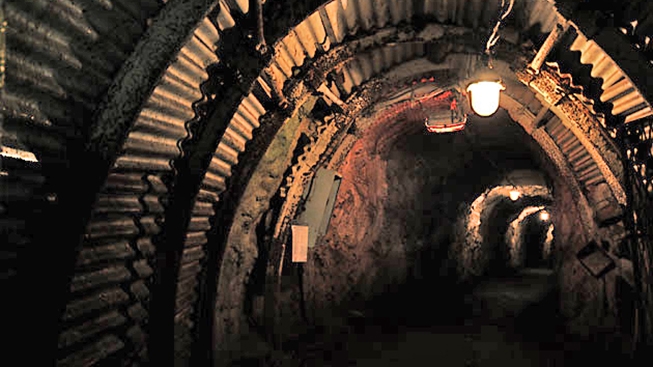You explore uranium, you perform feasibility studies, you develop the project, you mine the uranium, you process and produce it, you transport it, you decommission the project and remediate the site. That’s it. Sounds all so simple.
But is it, really?
There may be many influencers that impact this timeline for producing uranium, the element that fuels nuclear power. Of the 170 IAEA Member States, about 20 are currently involved in producing uranium, in varying amounts. About 10 other Member States are undertaking or have completed studies for possible uranium production.
How will a ‘newcomer’ country or one that wants to come back to uranium production know how to do it right? What steps will they need to take, long before committing themselves to anything, to ensure safe and sustainable production?
Before introducing or reintroducing uranium mining and processing, a wide range of issues needs to be considered. The IAEA has been providing guidance on all these stages through safety standards, publications, meetings, networks and other means. The time has come to consolidate all this guidance.
At the request of several Member States, the IAEA has launched work to apply its Milestones Approach to uranium production.
We want the newcomers to uranium production to understand that it is a staged process. That you only go forward if you find something promising. If it’s suitable and financially viable






